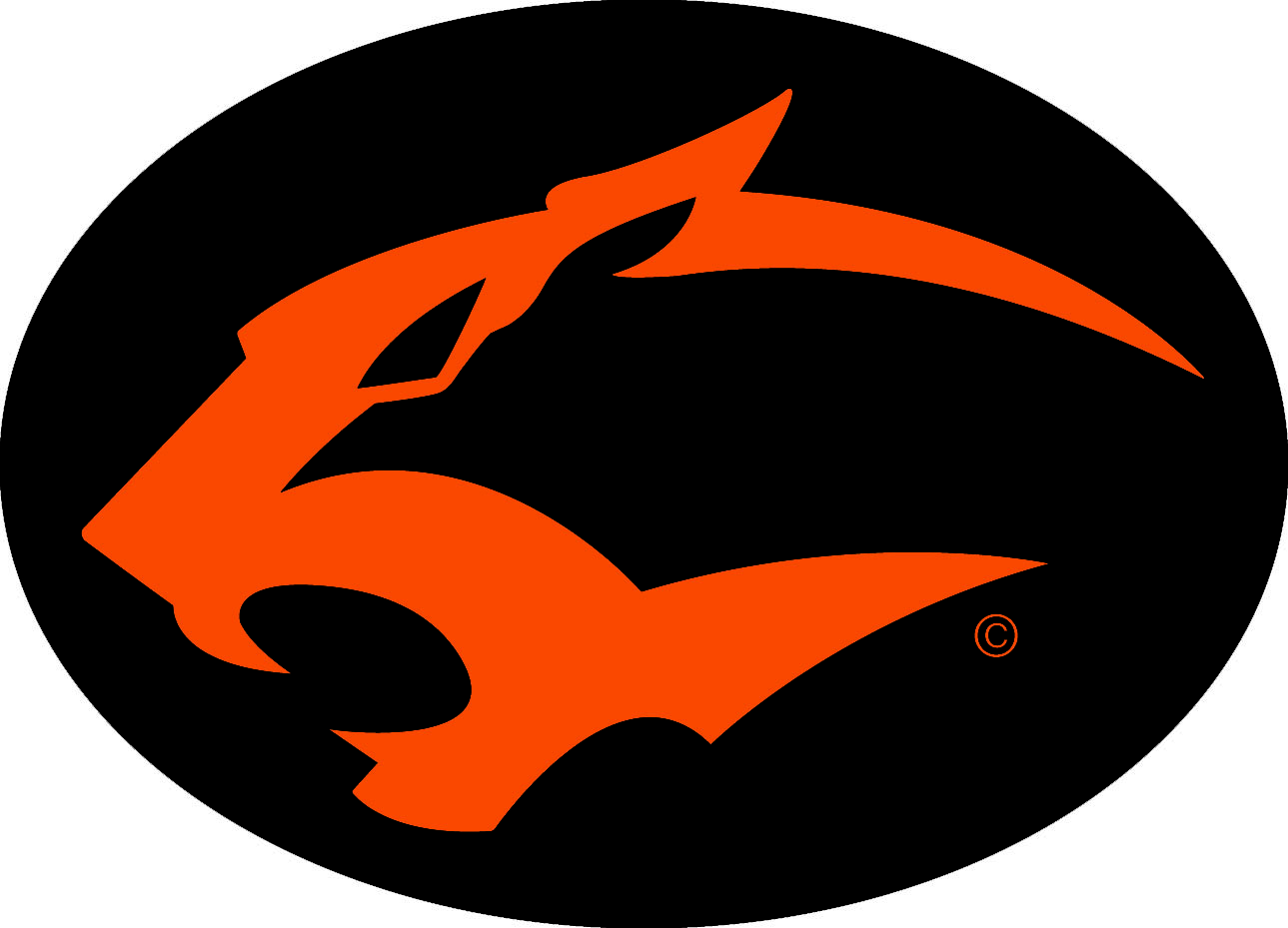1. Perform fundamental safety procedures and quality control.
2. Explain and perform specimen collection and processing, venipuncture and capillary punctures.
3. Employ fundamental workplace computer skills.
4. Identify fundamental aspects of anatomy and physiology.
5. Explain and perform pointof care testing (POCT).
6. Communicate effectively in various formats and when instructing patients.
7. Analyze legal and ethical concepts in healthcare.
8. Evaulate time management and organizational strageties.
9. Perform fundamental clincial medical office procedures.
10. Evaulate elements in the reimbursement and claims process.
11. Identify operational functions in the medical office.
12. Analyze aspects of pharmacology and the various forms of medication administration.

Frequently Asked Questions
Q: What are the pre-reqs?
A: The program has a recommended sequence, but is flexible to meet the needs of the individual student. Prerequisite courses are not required before applying to the program; however, students must contact a program advisor to complete the application process prior to enrolling in the program courses.
Q: What is a Registered Medical Assistant, and is it accepted nationwide?
A: A certified medical assistant who has met AMT’s educational and experience requirements, passed a national certification examination (RMA) and is listed on the active membership AMT Registry. The RMA (AMT) credential is a national certification that is recognized in all 50 states.
Q: Why is the cost at your college so much less than some other proprietary schools?
A: Proprietary schools, or private career colleges, tend to cost more because costs are passed down to the student. Click here to view a news report about “for-profits.” Because our college is non-profit, our mission is to enrich our communities and our students’ lives. We focus on what’s necessary to train the workforce needs in our area. We have two new simulation hospitals on our Chanute and Ottawa campuses with physician office simulated rooms to assist students in training, much of which was acquired through grants. We offer a high-quality program at an affordable price.
Q: Are your credits transferrable?
A: Yes, our program is aligned, should you need to transfer to another program in the State.
Q: What is the Externship requirement?
A: In order to achieve graduation and to sit for the national exam, you must complete 160 hours of clinical work outside of the classroom to prepare you to go into the workforce.
Q: What’s the difference between a medical assistant and a nurse?
A: A medical assistant practices under the license of the physician; a nurse has to obtain his or her own license. A nurse focuses on the clinical patient care side and generally completes a year of pre-requisites and one year to obtain a practical nurse certificate with an additional year to obtain a degree as a registered nurse; or one can complete a bachelor’s program to obtain the RN. In the office, the nurse and medical assistant may look similar to patients because the physician may allow the medical assistant to do many traditional nurse duties such as injections, blood draws, assist with office surgical procedures, etc. It’s important that all trained professionals represent themselves in accordance with their training, so patients are not misled. Our medical assistant students are trained in both clinical and administrative duties so they can work in the front office also.
Q: I have heard of Certified Medical Assistants through AAMA, what’s the difference?
A: The CMA (AAMA) credential is administered through a different agency (American Association of Medical Assistants). It is another type of national certification for medical assistants. Both agencies require the same testing over general, clinical and administrative competencies. A separate type of program accreditation is required for AAMA program graduates to sit for that examination.
Q: Why doesn’t your college seek separate accreditation for students to sit for the CMA?
A: Employers have not expressed a strong desire for one credential over another. NCCC is accredited by the Higher Learning Commission (HLC) which allows our students to sit for the RMA national exam through AMT. Most students express a desire to seek certification with AMT due to the significantly lower exam cost, membership and continuing education costs.
Q: Why don’t you push for an associate’s degree in medical assisting?
A: Employers are not paying more based on individuals with an associate’s degree in medical assisting, and either a certificate or associate level student can take the national certification exam. Because medical assisting would be a terminal degree at the associate’s level, we would prefer student’s branch off in a related career of study based on their medical assisting talents. Since our students are trained in all aspects of the medical office, one example may be someone who enjoys the billing and coding skill set. He or she could look at pursuing health information technology more in depth, which offers bachelor’s, master’s and doctorate level courses with substantial salary increases. For individuals liking the clinical side better, perhaps continuing into the nursing program, which offers bachelor’s, master’s and doctorate level courses with substantial salary increases, would be a good move.